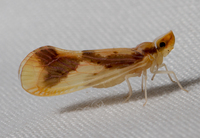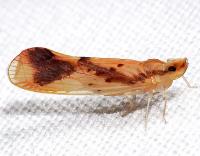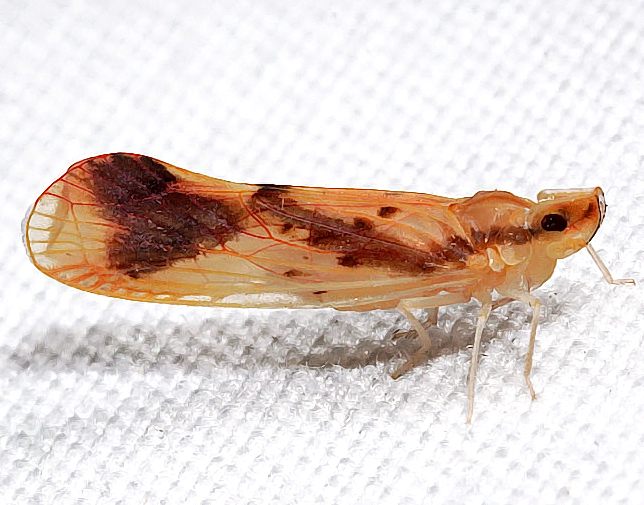|
|
|
|
Species Photo Gallery for Otiocerus reaumurii No Common Name 3 |
 | Photo by: Steve Hall
Orange Co.
Comment: Seen at sheet/15 watt blacklight |  | Photo by: Kyle Kittelberger
Wake Co.
Comment: mixed hardwood forest habitat; a female |
 | Photo by: Ken Childs
Out Of State Co.
Comment: |

 »
»


 »
»
